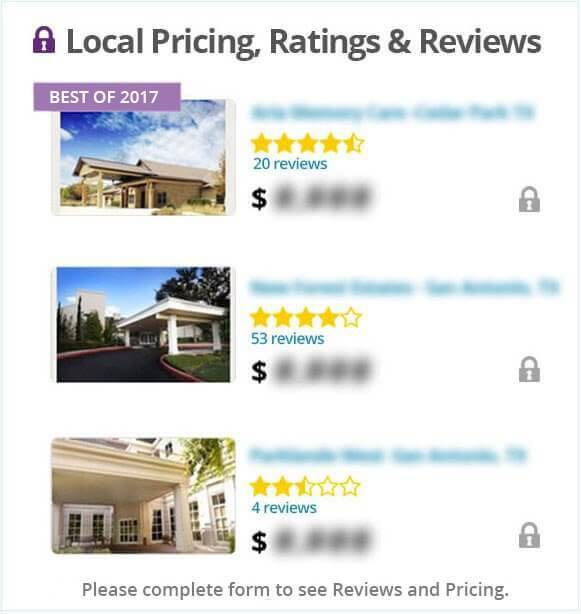Ask any realtor who has been around for a while (with success) and they’ll tell you how important high-quality photos are for their listings.
People make decisions within seconds of seeing a listing, or visiting a website as to whether they stick around to learn more, or move on to the next.
Often times, it comes down to the photos, or ‘Eye Candy.”
See more about Assisted Living Directory’s videography and photography!
In our assisted living industry, especially for smaller, residential care homes, the difference between profitable, or potentially going out of business could be one empty bed.
Filling an empty bed in a timely manner is imperative to the lifeblood of the facility, and most often, people will find your, and your website through a simple google search, or perhaps through a directory site like Assisted Living Directory.
They’ll often make a decision on whether to contact you, or keep searching based on how attractive the home looks through the photography and videography.
Dark, dingy photos, or photos that have a yucky ‘yellow glow’ to them don’t really help a potential resident to envision living there.
Additionally, to me, if a facility can’t spend the time or money on decent photos, then where else might they be skimping?
A facility owner wants to convey, through their website, and photos, that the facility will be warm, comfortable, cozy, safe, and happy.
Grainy, dark, or ‘gross’ photos really don’t help you to achieve that goal.
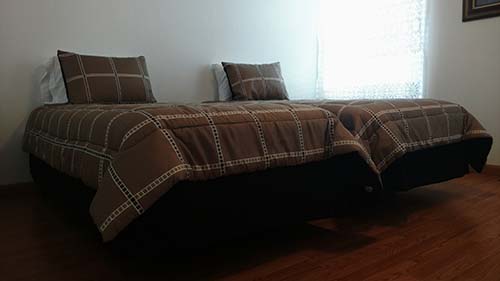
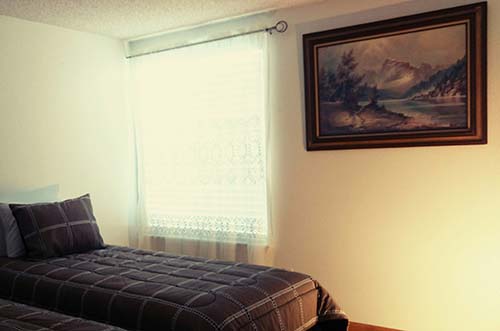
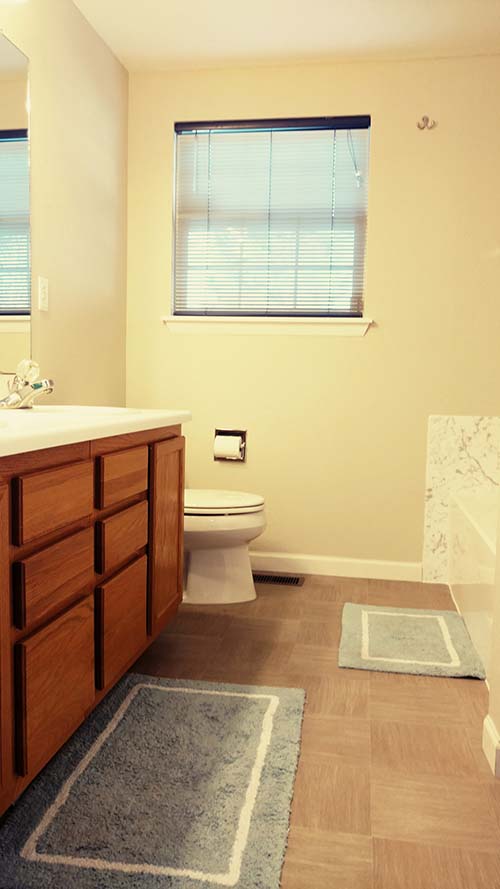
Sure, smartphones, and mainstream digital cameras have come a long way, but they are not perfect at capturing professional-quality photography, especially when it comes to architecture, or structural photography – and in our case, an assisted living home falls into these definitions.
Why won’t your iPhone suffice for taking photos of your facility?
There’s a few problems. The first is that, especially for indoor photos, it’s nearly impossible to get a correct ‘white balance’ and ‘color composition’ and often times interior photos come out with a yucky yellow glow, or are too dark.
Professional-level photographers with the correct equipment can easily fix this.
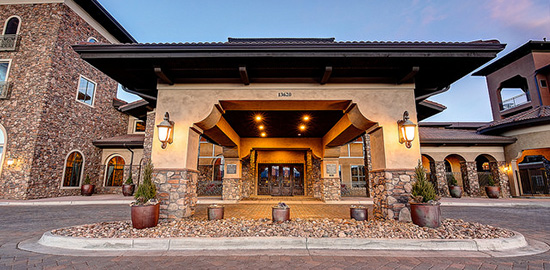
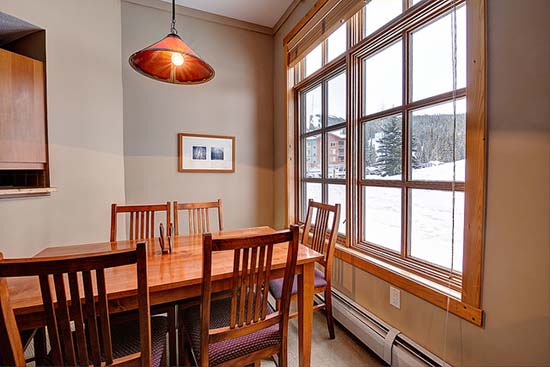
The above 2 photos were taken by Assisted Living Directory
Additionally, one of the ‘standards’ for building photos nowadays is using a technique called ‘HDR’ photography. This is a method of taking 3-9 photos in a row at different exposures, and then layering them into one photo. The effect created is a rich, detailed, and inviting photo with a full “dynamic” range of light and color. Most simple cameras can’t do this, and most people don’t know how to process these either.
Additionally, most simple cameras don’t come with a variety of lenses for different situations, and most simple cameras really struggle with ‘depth of field’ or ‘bokeh’ which is the effect of having a subject perfectly focused, with a slightly, or very blurred background, giving the photo depth and that professional feel.
To me, getting good photos of your facility should be a no-brainer, but unfortunately, so many facility owners decide to skimp on this. I wonder if this contributes to the relatively high number of smaller assisted living homes that go out of business each year.
Even if you have a very simple home, in a basic residential neighborhood, with modest furnishings, you can still make your home look warm and inviting with some good photos. I implore you to find someone to do this for you who knows what they are doing. If you are struggling to find someone, ask a few realtors in your area. They’ll likely know someone that they use for their own purposes.


